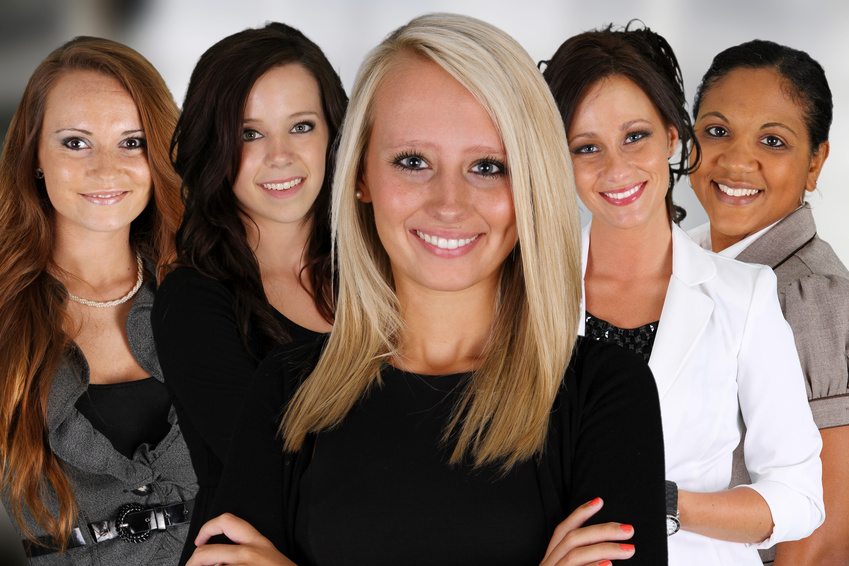By Maghan McDowell
San Francisco Chronicle.
From stationery to hair color to throw pillows, female-focused brands might seem like the hot new investment.
But the market is no bubble; it’s here to stay, and it’s growing.
Although the startup scenario is still often a female entrepreneur pitching a male investor, the power of the purse strings is increasingly attracting attention because, as it turns out, there is major money to be made.
And as more women pitch their ideas, more investors — regardless of gender — are willing to say yes.
That was a major talking point at a recent panel discussion organized by Palo Alto’s Norwest Venture Partners, “Building a Women-Focused Brand Online,” at the Battery in San Francisco.
Women account for up to 72 percent of household discretionary budgets in the United States, according to Michael J. Silverstein, co-author of “Women Want More: How to Capture Your Share of the World’s Largest, Fastest-Growing Market.”
Since the book’s publication in 2009, what Silverstein calls “the female economy” has only grown. “It is recognized widely as a source of brand development and regard,” Silverstein said in an e-mail. “Women are the CFO at home … and they will continue to grow as a buying force as income disparities between men and women narrow.”
But when you’re shilling shapewear (see local startup Ruby Ribbon), it’s not always easy to convey the value to the dude across the table. How to get the job done?
Here’s advice from a few local women leading the charge.
A former venture capitalist, Errett has been on both sides of the table.
When considering whether to invest in a company, she looked at market, product and people — especially the last one. “Almost every company has failed or succeeded based on people,” says Errett, who launched her at-home hair color startup in 2013.
That means thinking ahead when recruiting, even if someone might look overqualified for an early-stage company, Errett says. “Men will go in with numbers that show a massive business, maybe even slightly overstated, but women will go in slightly understated, but you have to recruit ahead of what it looks like you need.”
She recommends that when pitching investors, make your team an early part of the conversation.
“The people are the ones you’re investing behind. I tell people to say, ‘Part of the reason we’re raising money is to hire people, and here are the first four hires we would make.’ ”
Although most female entrepreneurs are still pitching to men, Errett says, men now are more comfortable with women pitching potentially big markets.
That’s partly thanks to female-focused brands that have yielded success — but often male investors respond, Errett says, when they see their wife or daughter understanding and validating the business.
Hair-care company Madison Reed is in the consumer packaged goods category, which Errett says has experienced little innovation in the way it reaches the consumer, so it makes sense that investors would be excited.
“It’s a huge market with massive opportunities, and consumers are now comfy buying things through tech in ways they never were before.”
Today there are more female founders and venture capitalists, which creates “a snowball effect,” says Brown, who moderated the panel. Despite that, she finds that women still don’t think as broadly as they could.
That’s important because although she is a proponent of female-focused brands and an advocate for female CEOs, Brown ultimately goes back to the size of the market when considering a potential investment.
To that end, she encourages female entrepreneurs to think in a larger, forward-thinking way rather than be siloed in one channel. “Think about the market bigger than you might have initially,” Brown says. “Think about tangential, compensatory, omni-channel opportunities — even if it’s not the day one entry place.
“I don’t try to judge or say, ‘Now I’m looking at my women-focused brand,’ ” says Brown, whose Norwest Venture Partners has invested in brands like ModCloth and Madison Reed. “I make sure the product is something that is needed or, if not needed, is a disruption of a current product.”
Investors and entrepreneurs are starting to realize the size of the market opportunity, she says. “The reality is that half the people out there are women, and they represent more than 50 percent of buying power in households.”
Throughout her career, Naficy has raised about $85 million — and counting — for female-oriented consumer companies.
When she and her business partner were pitching cosmetics e-tailer Eve fresh out of business school in 1998, one reputable venture capitalist said, “This is great, but women don’t shop online.”
“We wanted to say, ‘That’s because you’re not selling anything women want to buy,’ ” says Naficy, who found that investors are less likely to trust their taste if it’s a product they don’t use.
A lot has changed. More women are pitching, and there are more successful role models, Naficy says. But for her, it’s not about being a woman, it’s about the numbers: “Ultimately, financial investors care about financial return, and if the return is there, it doesn’t matter who you are or your gender.”
Another reason investors were interested? Naficy’s Minted was able to successfully adopt crowdsourcing early on to create and identify products.
She says now is a great time to be pitching a female-focused brand. “There are so few entrepreneurs who have walked in the shoes of women, so there’s a real advantage for women to come up with ideas,” Naficy says. “There is a lot of purchasing power among women, and I think investors are simply going where the money is.”














































































































































































































































































































































































